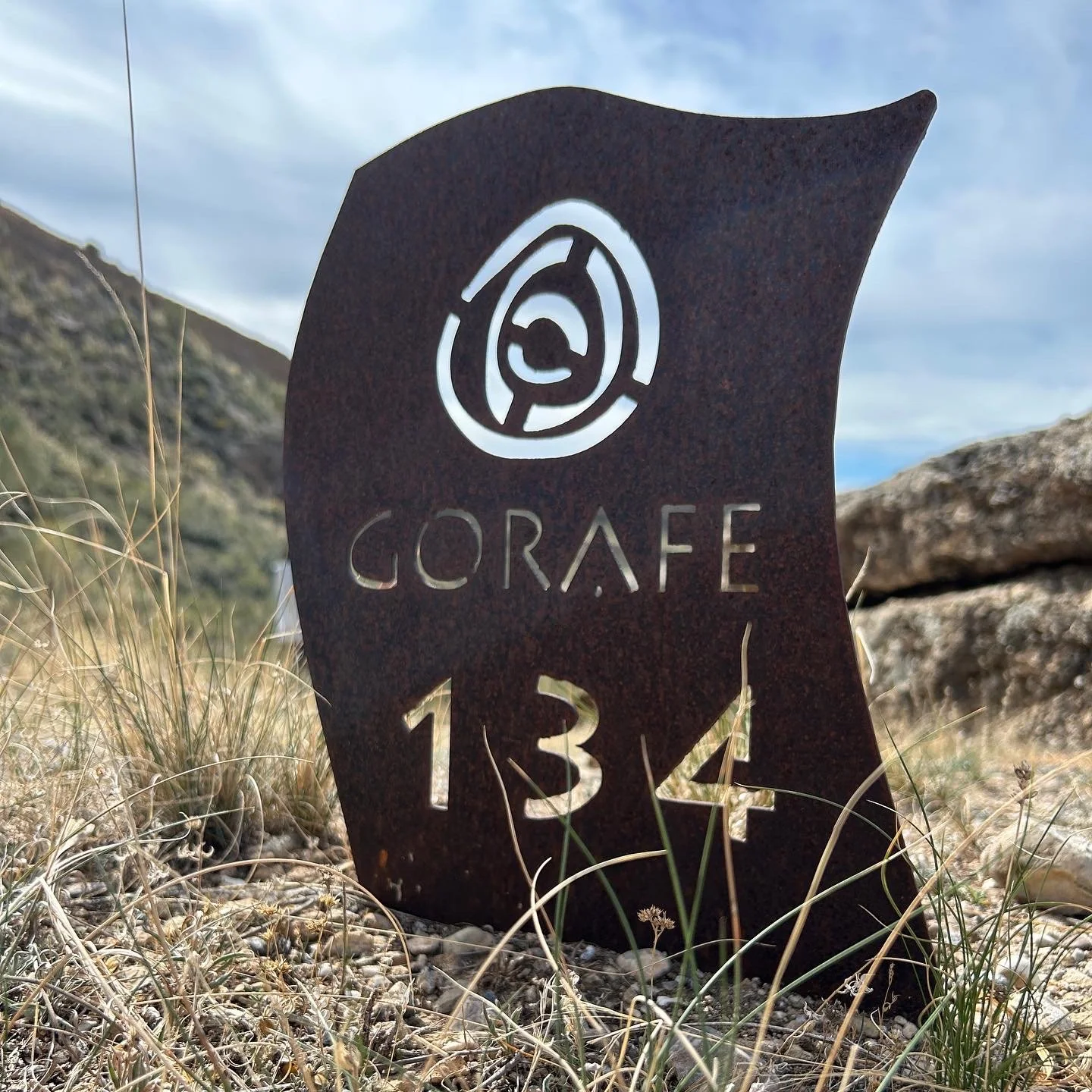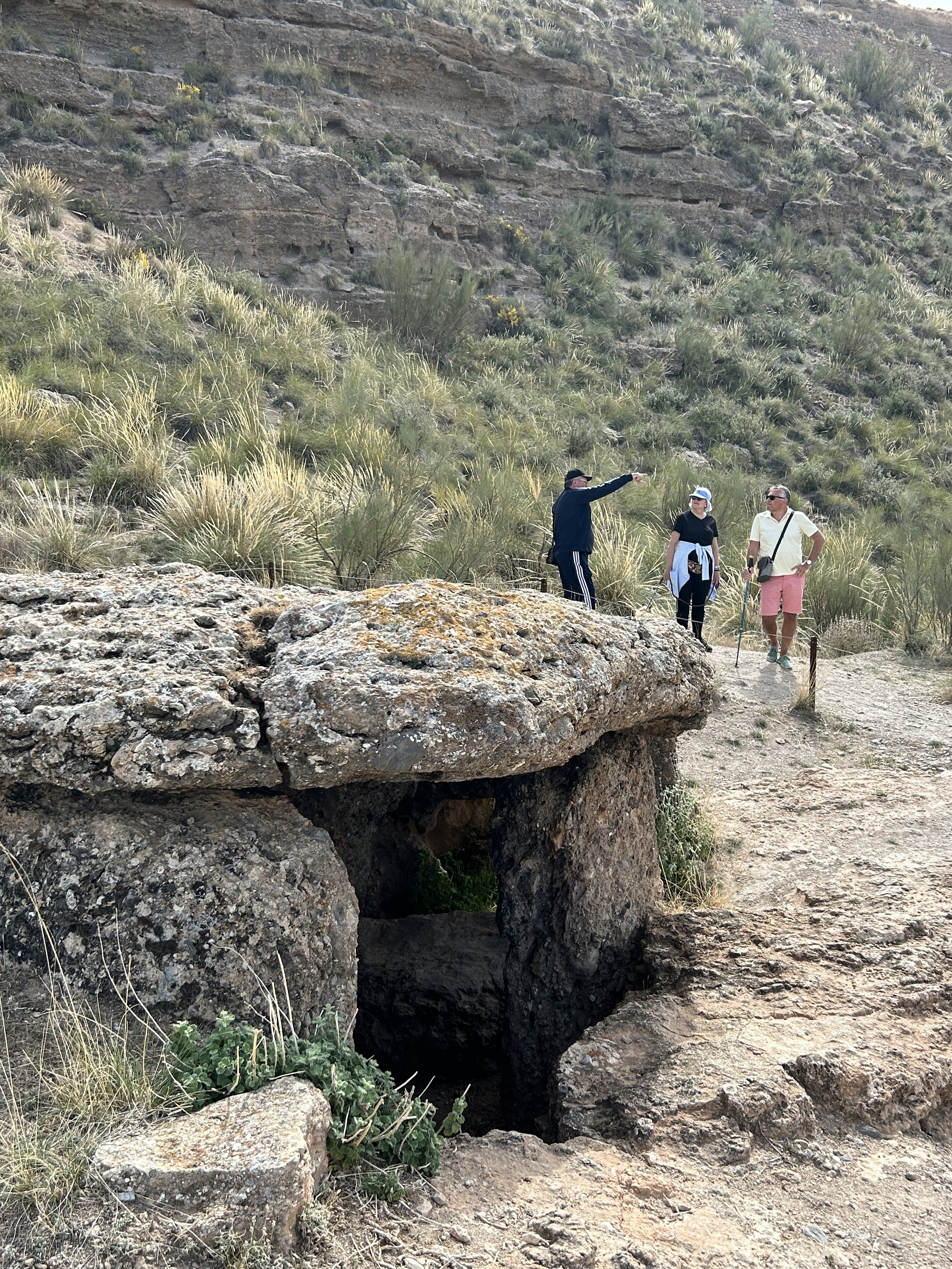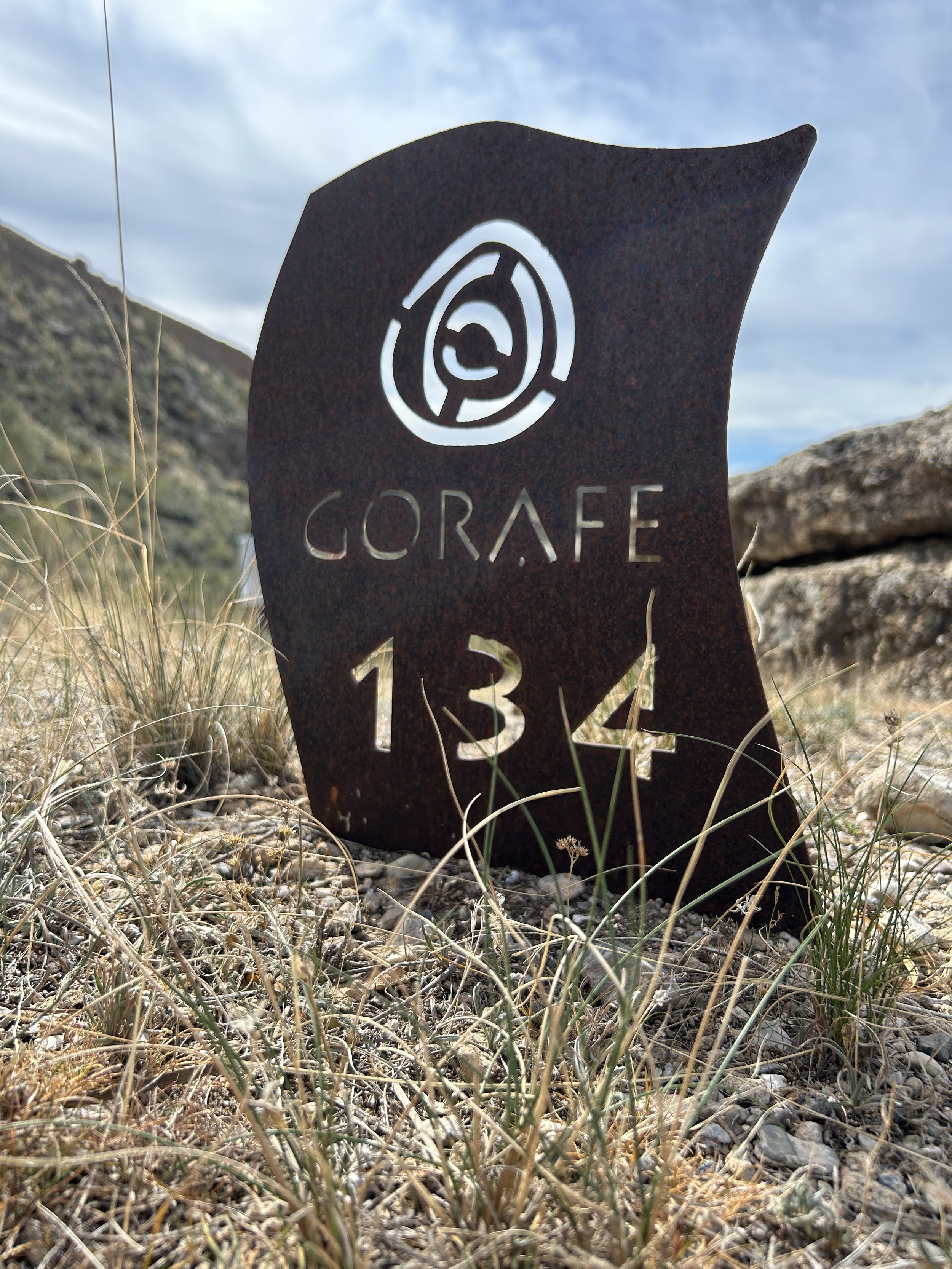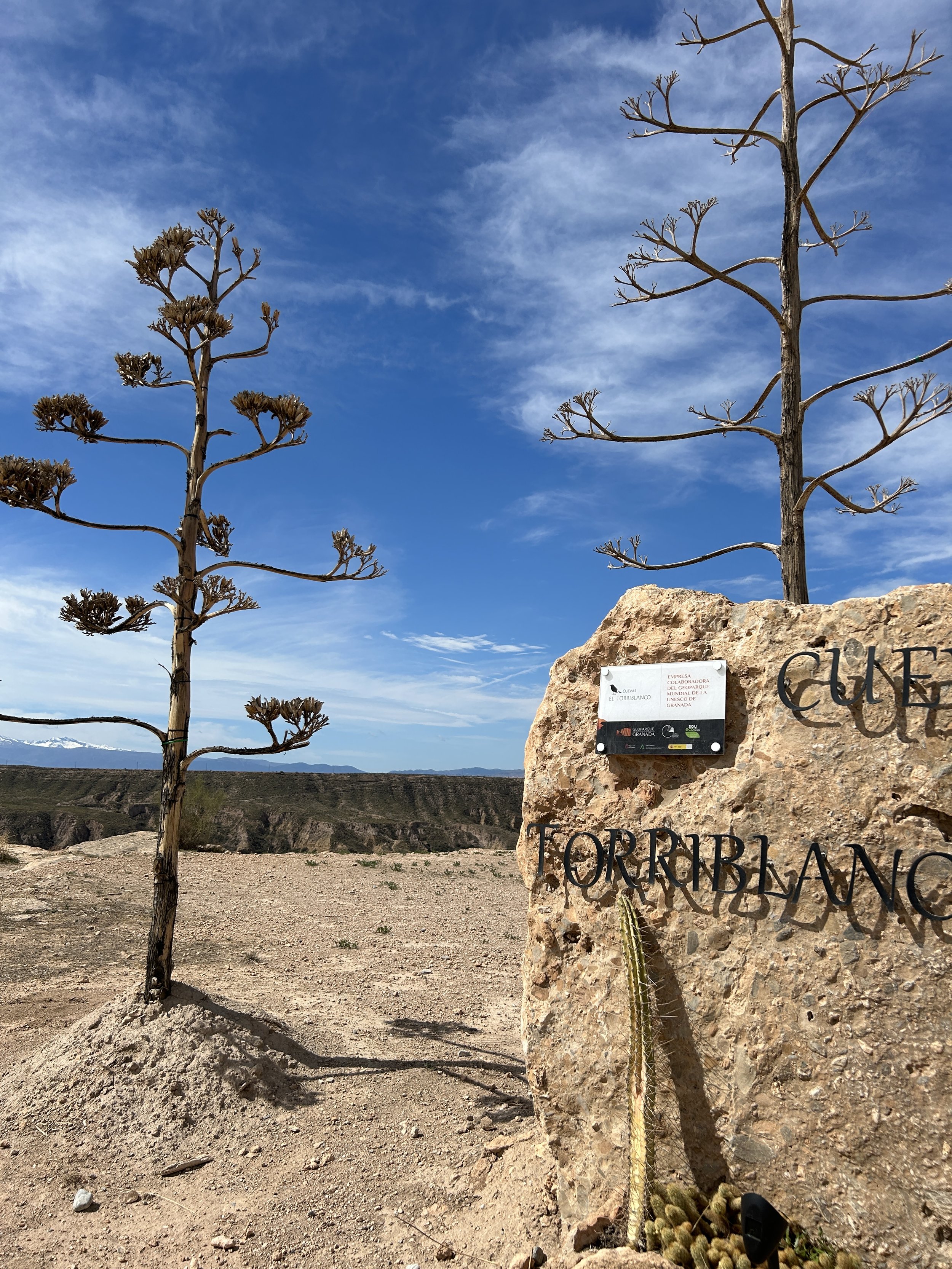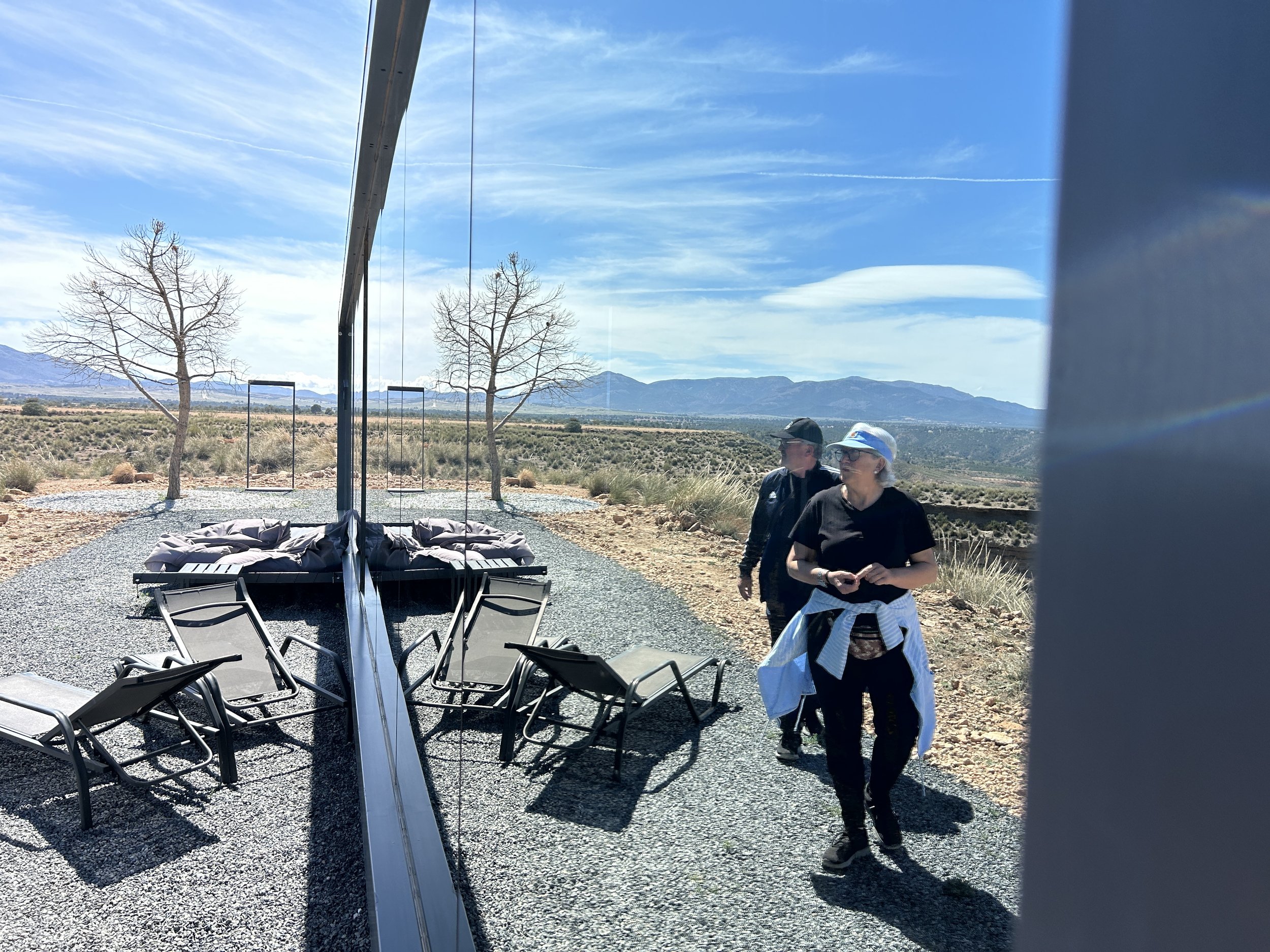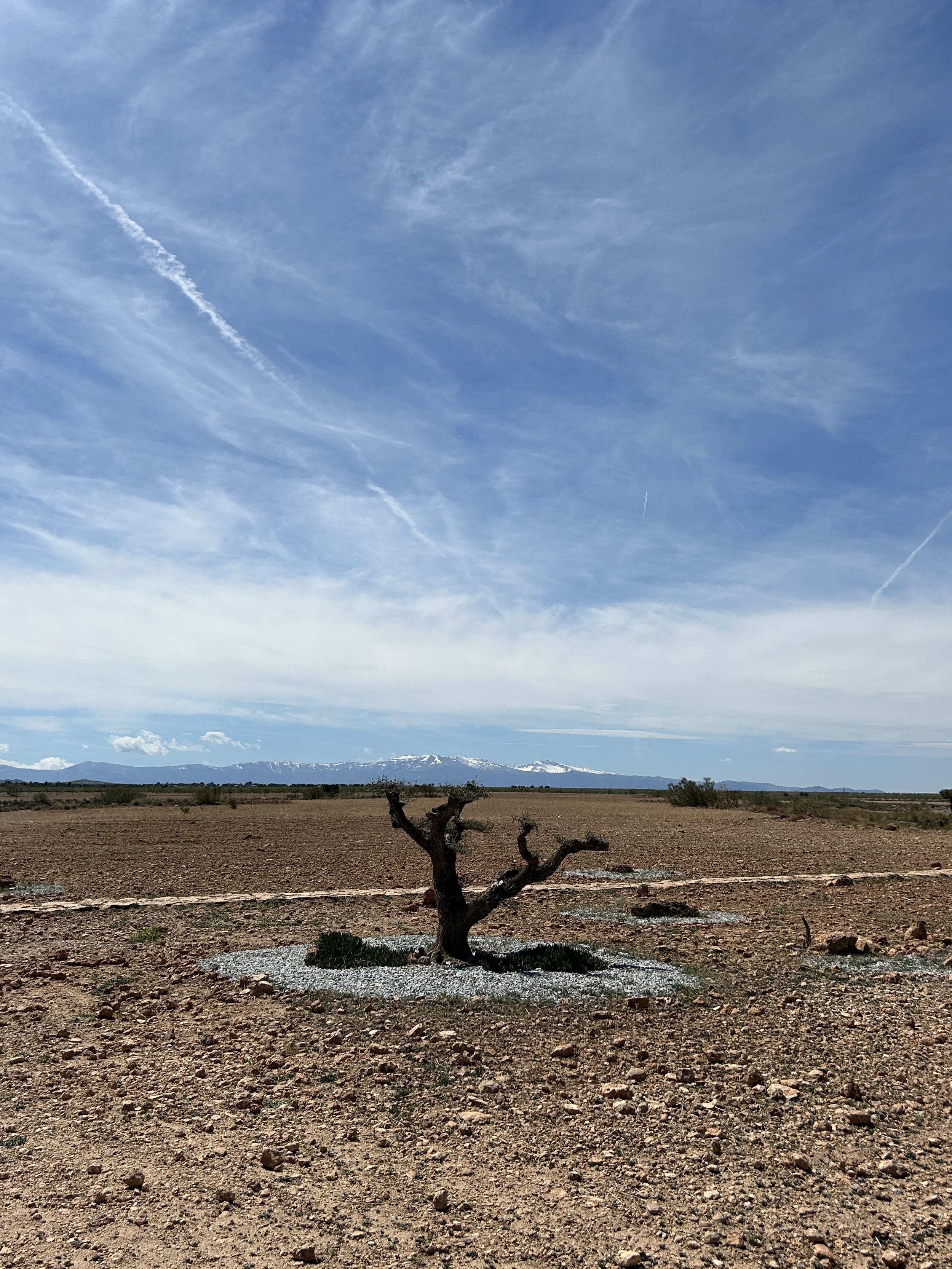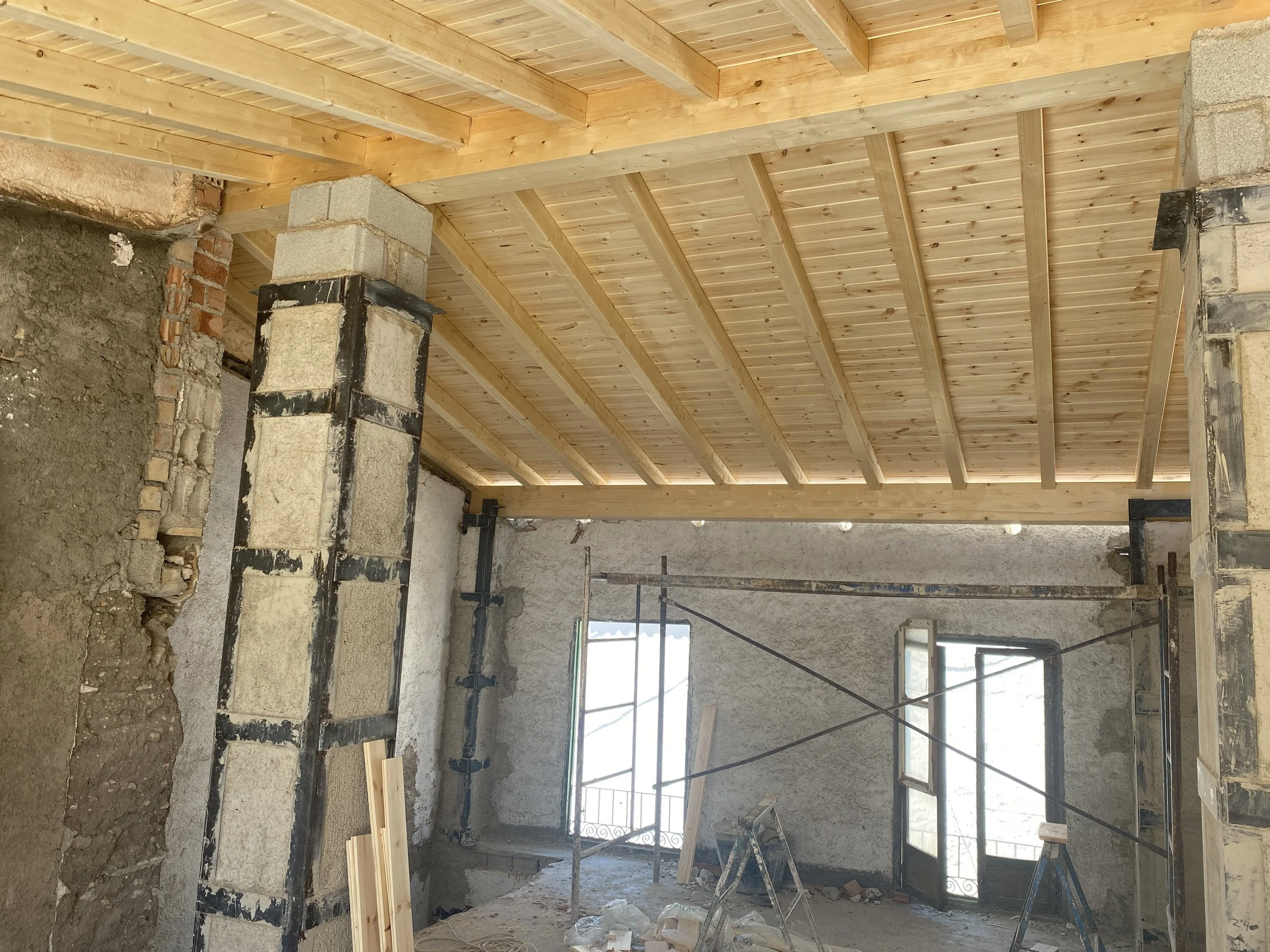Troglodytes for a Weekend Part 1
It has been an age since we have written anything for the blog, and for that we apologise! Time, since the start of this year, has rather beaten us as we have been very busy with guests in Casa Higueras and finalising the build at Esperanza 9. Our life has been one large cycle of laundry, cleaning, cooking and, accordingly, staying at home. It’s been quite a new experience having a consistent stream of Bed and Breakfast guests, as this is really the first full year we have had without a wretched pandemic. We have now become more accustomed to the routine, but we still have to block out the occasional day or two just to recover and spend some time on other things.
These other things include Andrew’s fairly constant list of children’s books that need art direction and designing. My painting has had to take a slight back seat as I have found myself selected as a town council candidate as we run up to regional elections in May. There will be more about that in the coming weeks…
The year also got off to a great start for our Granada Cultural Holidays creative courses and we find ourselves with very few places left to fill. Our September Mosaic and Painting courses are both full; our May Cookery course has been full for some time and we have very limited places on our remaining courses. Again, since we started the courses in 2019, we haven’t really had what could be termed a normal year, so this is all rather a pleasant and welcome surprise. As a result of this unprecedented situation, we have dates pencilled in for 2024 courses already.
Anyway, enough of that business nonsense; we did manage to extricate ourselves from behind our laptops the weekend before Easter for a little road trip.
Our fabulous friends and neighbours, Mari-Petra and Ramón, recently bought a cave house in the village of Gorafe. Ramón’s family come from the village and the ties are strong with many relatives still living there. Mari-Petra found the option of being able to escape to a cave house in the heat of summer to be singularly attractive and she loves having this second home.
Andrew and I knew absolutely nothing about Gorafe, and we have been invited to visit on more than one occasion. We blocked out this past weekend as a break from the Bed and Breakfast, determined to visit Ramón and M-P in their troglodyte home. We have previously whizzed through Guadix on our way to the Cabo de Gata, and I have driven past Gorafe once before, many years ago, on my way to the Costa Blanca from Granada. However, on that occasion I was suffering from bronchitis so wasn’t massively conscious of the surroundings; I do remember seeing lots of cave houses en route!
We had no preconceptions as we made our way towards Guadix where we dipped into the town to buy a rose bush for Mari-Petra before we ventured into the wilds of this corner of Granada Province.
Gorafe lies in the heart of the Geoparque de Granada, a 4,722 m2 Natural Park that was declared a UNESCO Global Geopark as recently as July 10 2020. M-P and Ramón gave us instructions to meet them at a crossroads in the middle of nowhere and we drove along this extraordinarily long and straight road (must be Roman!) until we saw two familiar figures like mirages in the desert. Ramón had worked out a detailed itinerary for our visit so that we got to see as much of his municipality as we could in the limited time we were there, and he is rightly very proud of the area. We followed the couple into this enormous gorge carved out of sedimentary rock over the past 500,000 years and were immediately awestruck by the sheer drama of the landscapes. As with so many of Andalucia’s landscapes, you don’t know what secrets they hold until you actually get inside them. From a distance, it is easy to become slightly blasé at the sight of a mountain range, or a forest, or a valley but there is something magical about venturing into these landscapes for them to open up into a vast expanse before you. Driving eastwards on the motorway past Guadix, you might look to the left a see a flat, desert-like area that stretches for miles, barely giving it a second thought, but get off that motorway and you will see one of the most ancient, most dramatic, most unspoiled, most geologically and archaeologically thrilling parts of Spain, if not the whole of Europe.
Gorafe Megalithic Park
A Dolmen, one of many in the park.
In our cars, we dipped down the side of the gorge to our first stop to see a dolmen (megalithic stone tomb). This particular example, signed as Number 134, is one of the best preserved and it started our discovery of this remarkable area. In the Gorafe Megalithic Park alone, there are 238 dolmenes that have been discovered and labelled. We later ventured into the neighbouring municipality and found that there are many more dolmenes there that have yet to be excavated. The landscape and the chain of burial sites, the dusty terrain, blue sky and warm sun brings to mind the Valley of the Kings in Egypt and on this trip we were transported back 5,000 years, when these stone tombs were built. The landscape was, prior to fluvial erosion, a vast network of rivers and inland lakes for 5,000,000 years producing one of the best records of sediment in continental Europe from this past 2,500,000 years. These figures rather boggle our minds, as does the existing landscape; it seems to stretch for miles and miles and you can easily stand on the edge of the gorge and hear nothing but the sound of birds flitting from low-lying shrub into the branches of a nearby almond tree.
Next on our tour were the Cuevas El Torriblanco, owned by one of Ramón’s cousins. These cave houses, available for holiday rentals, are a wonderful example of how sustainable tourism can sit unobtrusively within a landscape as ancient as any on the planet, and where guests can immerse themselves in the beauty, peace, history and drama of a natural environment that should make everyone feel both small and very humble, yet invigorated and alive. Three cave apartments have been created here, on the lip of the gorge and with breathtaking views. Each apartment has been charmingly decorated and we have already decided that we will return for at least a few days, grab an e-bike and take one of the many caminos that cross the flat plains above the gorge.
Nearby, there are two extraordinary eco-homes, one of which is owned by Ramón’s cousin and the other is part of an initiative by an organisation called District Hive, whose strap line is ‘Autonomous Human Recharging Sanctuaries’. You may snort at such a pretentious legend, but when you drive along a camino that cuts into a finger of rugged terrain high above a 500,000 year old river bed and catch sight of a black and glass cube you can’t help but feel slightly emotional. Mass development this is not; it is a carefully considered nod to the human need to escape from this modern world and be isolated in the wild, beneath a deep, dark night sky littered with stars that will never appear so bright. It provides the opportunity to commune with nature on an elemental level and experience something unique.
Casa desierto
We then followed Ramón and Mari-Petra down a steep concrete local road into the village of Gorafe, a huddle of a village with many cave houses sitting on the edge of the fertile river bed. Their cave house was at the top of the village at the end of a lane and beneath sheer cliffs reminiscent of Mount Rushmore in the US. It is in such a lovely location, facing south and gazing across to the opposite side of the gorge. Many people love the climatic comfort of a cave house in that they manage to maintain a fairly constant temperature all year round - cool in the summer and cosy in the winter. You also have the added advantage of being able to extend your living accommodation fairly easily if the need arises. Need another bedroom? Just dig your cave further into the mountainside and hey presto!
We were fed handsomely. M-P is a great and homely cook and would never have guests go hungry. A huge paella for lunch and a constant supply of sugary roscos…I felt as though I added at least 2 stone in weight over the course of the two days of our visit.
Later in the afternoon, we went to the Gorafe Centro de Interpretación and to another surprise. Gorafe is not a large village by any means, but it has clearly had money invested to capitalise on its location within this UNESCO GeoPark. At 17:00 there was an audiovisual experience in this sympathetically designed and tardis-like visitor centre. A 3-D film depicted life as it would have been lived 5,000 years ago, and how the dolmenes were built - extraordinary feats of civil engineering and using only the most basic of tools.
The next day, Sunday, we travelled a few kilometres into the neighbouring municipality and to the Balneario de Alicun de las Torres.


